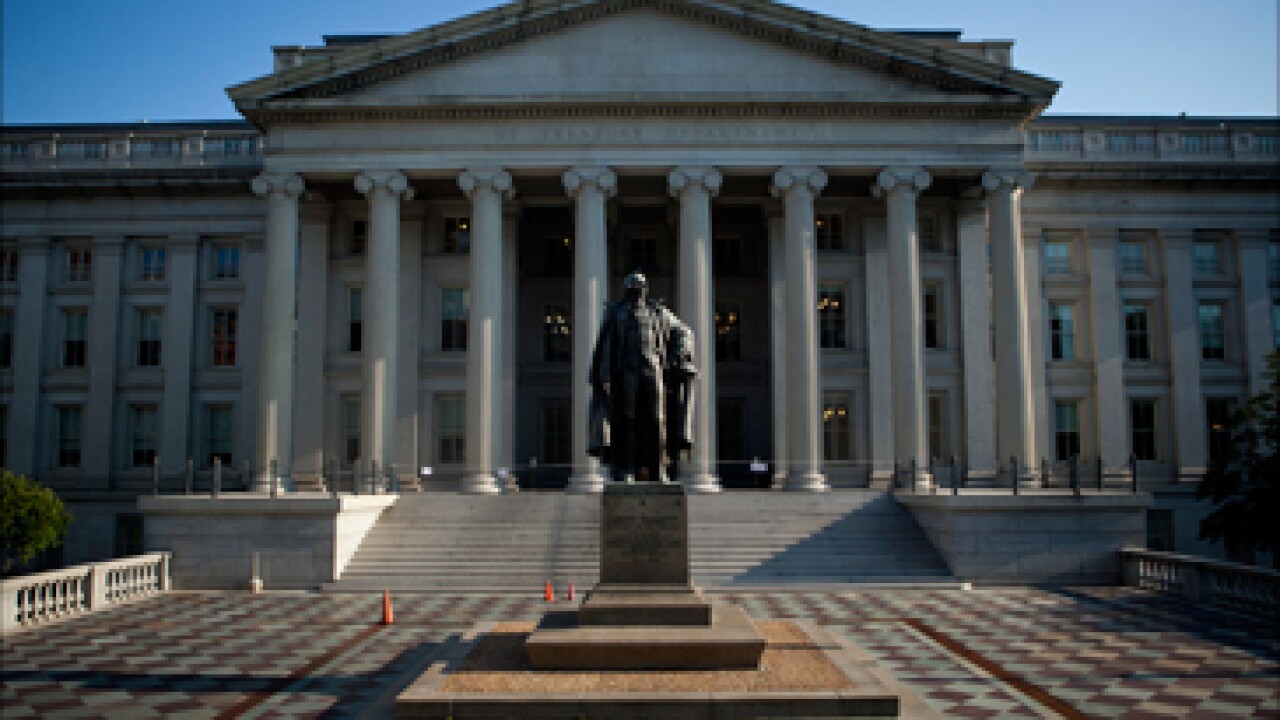-
Consolidation is needed to help the economy because there are too many banks, argues the author, a longtime bank investor. Many parties benefit from deals, and any return for the seller is better than producing poor results or being seized by regulators.
August 9 -
Buyers, sellers and shareholders rarely profit from bank acquisitions, the author argues. There are too many things that have to go right in the pricing and integration, and there is too much that can go wrong.
August 8
Those interested or involved in the banking industry have read plenty about the state of community banks, as the past several years have proved challenging. Many banks rode the wave of easy access to capital, often through the issuance of trust-preferred securities and/or participation in the government-assisted Troubled Asset Relief Program. This all was followed by a significant deterioration in performance as the economy came to a grinding halt almost instantly thereafter.
The result? Although the economy has stabilized, and most of the country's 7,000 banks are flush with capital and liquidity, some still have broken balance sheets that are overleveraged and undercapitalized, with about 600 institutions remaining on regulators' problem list. This is bound to lead to increased M&A as healthier banks begin to consolidate smaller banks. In the meantime, deals are already being done among healthy banks that see the ongoing operating environment as uncertain. These banks are selling on the belief their best shot at a good return in the future is taking the stock of someone else someone larger today.
When looking at the situation from a 30,000-foot view, this seems to be a positive sign, as communities will continue to have a bank nearby to service the needs of local individuals and small businesses. Without this consolidation, the majority of these banks would be unable to sufficiently enhance their anemic capital bases and avoid takeover by the FDIC.
However, a startling, negative side effect of this consolidation will be the loss of the true meaning of the word "community" in community banking. Although the days of George Bailey may be long gone, the idea of a true community bank is still valued one that is led by individuals who live in the area, have an ear to the ground, and know and care about their neighbors' well-being but it's not likely to last as the consolidation movement gathers steam.
As it stands today, the directors and managers of community banks are individuals who have lived in the area for several years and care as much about the place they live and the people who live there as they do about the bank's bottom line. They know each local business and its owners firsthand, leading them to be willing to do whatever it takes, in good and bad times, to create an environment in which the community can thrive. Unfortunately, options for these boards are limited by capital strains. The likely remedy, consolidation of smaller banks across multiple geographic regions, may result in the loss of this connection to the people they serve.
As an example, if a community bank in New Jersey were to be purchased by a larger bank based in Philadelphia, the acquirer is likely to replace or eliminate the board and management of the target as it gathers additional banks under a bigger umbrella. It comes down to cost synergies and redundancy. The local community bank with five to eight branches will be replaced by a larger, more regionalized institution that is connected with the local community on a very limited basis, if at all.
Anyone who banks with a community institution or serves on the board will likely agree that changes to the board of this hypothetical, New Jersey bank wouldn't be well received by residents and small businesses in the region.
Community banks often serve as neighborhood advocates, providing donations and sponsorships for local charity events, allowing small businesses to come into their offices and speak with local residents about their offerings, and so on. Once a larger institution takes over, that personal touch will be lost.
However, it's just not feasible for small banks to expect that they will be able to keep the board in place once acquired. No matter how the changes are perceived, the reality is that new influencers will be inserted and it's unlikely that these people will have any strong connection to the community.
I learned a long time ago that there is no free lunch in life. Community banks need help and bigger banks can provide the lifeline that will allow them to survive. But like everything else, this help comes with a cost, which in this case will undoubtedly be the loss of banking-industry professionals who understand and care deeply about the local community, a lack of on-the-ground knowledge of the businesses that reside in the neighborhood, and overall, a nationwide shift in how people fulfill their banking needs.
While this is a necessary evil to assist the greater good, the fracturing of the community-banking model as we know it will be felt across the country in the coming months. When the wave has passed, we will lose a little more of that George Bailey feel and local, family businesses, nonprofit organizations, and community groups will need to work hard to find a supporter that is equal to their former neighborhood bank.
Evan Tomaskovic is a partner at Carl Marks Advisory Group LLC focused on restructurings and mergers and acquisitions.





